How To Start Decluttering When Overwhelmed?
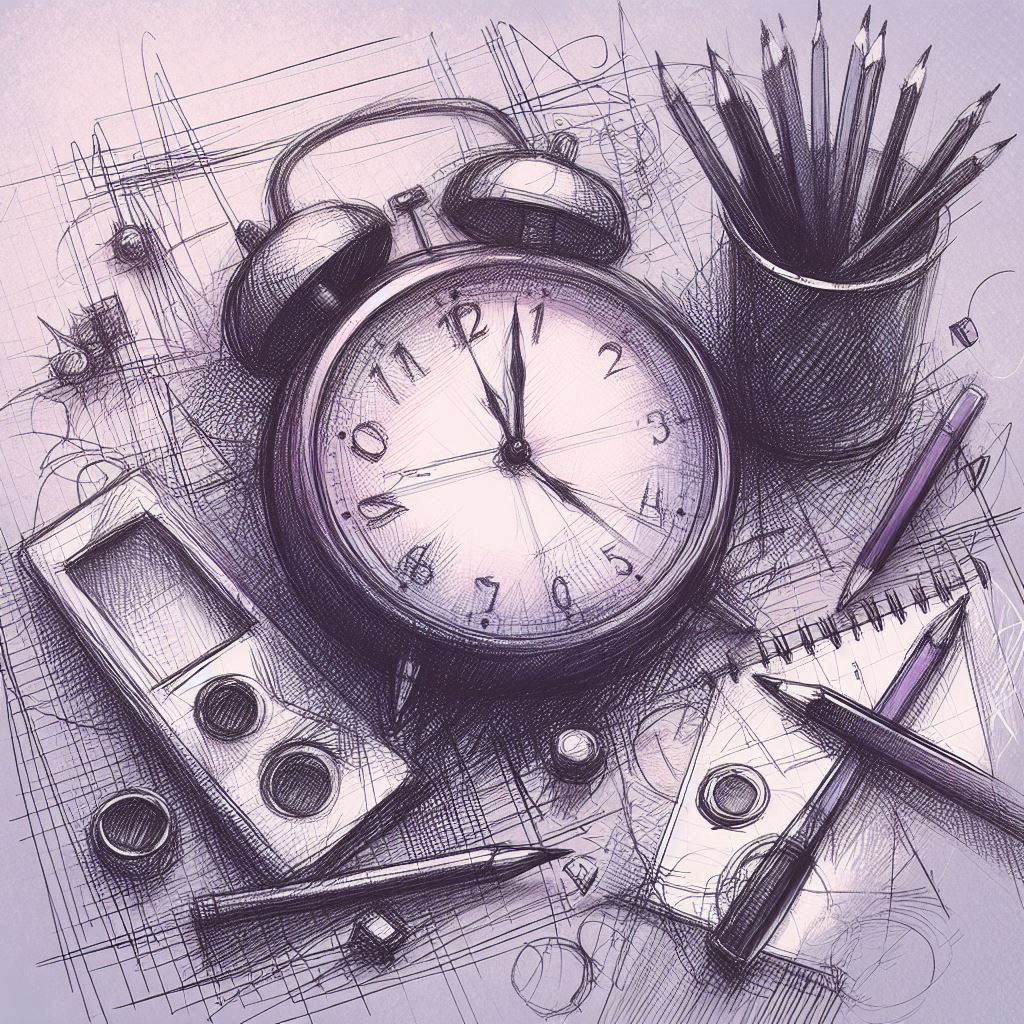
If the thought of decluttering makes you want to hide under a blanket, you’re not alone. Clutter has a way of creeping into our homes—and minds—until it becomes hard to see where to start. When the mess feels too big, the overwhelm can be paralyzing. But the good news is, you don’t need a full weekend or a burst of motivation to begin. You just need a gentle, intentional first step.
In this article, we’ll walk you through practical and emotional strategies to help you start decluttering, even when it feels like too much. Let’s make this feel doable.
Understand Why You’re Overwhelmed
Before jumping into action, pause and check in with how you’re feeling. Decluttering isn’t just physical—it’s deeply emotional. Often, we procrastinate not because we’re lazy, but because:
- The mess feels like a reflection of our inner chaos.
- We’re afraid of letting go of something we might need.
- We don’t know how to decide what’s worth keeping.
Naming these feelings helps remove some of their power. You’re not “bad at cleaning”—you’re facing a real emotional barrier, and that deserves compassion.
Start With Just One Spot
One of the biggest mistakes people make is trying to tackle everything at once. Instead of setting yourself up for burnout, choose one tiny space. Not a room—a spot. For example:
- One drawer
- The top of your nightstand
- One shelf of a bookcase
- A single corner of the kitchen counter
Once you finish that small zone, you’ll feel a little lighter—and that’s how momentum starts.
Use A Timer To Keep It Short And Light
Set a timer for 10 or 15 minutes. That’s it. Tell yourself you’re just going to tidy for that long—no pressure to finish a big area.
Here’s why this works:
- You remove the expectation of doing “everything.”
- You get a quick win without draining your energy.
- You may end up going longer—but if not, it’s still progress.
Think of it like building a muscle. The goal is consistency, not intensity.
Create Three Simple Piles
To avoid decision fatigue, use a straightforward sorting system as you go:
- Keep (items you use regularly or truly love)
- Donate / Sell (items still in good shape but not needed)
- Trash / Recycle (broken, expired, or unusable items)
Have bags or boxes ready for each one. You don’t need to organize the “keep” pile right away—just separate what doesn’t belong in your life anymore.
Declutter First, Organize Later
One reason people get stuck is trying to organize too early. But adding bins, baskets, or fancy labels before decluttering just rearranges the clutter.
Your only job at the start is to reduce volume. Once you’ve cleared space, you can figure out systems. For now, keep it simple. The fewer decisions you have to make, the less overwhelming it feels.
Let Go Of “Sunk Cost” Guilt
Many people hang onto items because they feel guilty about:
- Money spent (“I paid good money for this!”)
- Gifts received (“Someone gave this to me…”)
- Aspirations (“One day I might use it…”)
This is normal, but it’s also mental clutter. Remind yourself:
- The money is already spent—keeping the item won’t bring it back.
- You can honor the thought behind a gift without keeping the object.
- “Someday” rarely comes—and the space could serve you better now.
Letting go is not wasteful—it’s reclaiming your home and your peace.
Don’t Wait For Motivation—Create Routine
If you only declutter when inspired, progress will be slow. Instead, create a small, regular ritual. For example:
- Declutter one drawer every Saturday morning
- Spend 10 minutes after dinner tidying one area
- Pair decluttering with a habit you already have (like listening to a podcast)
Tiny routines remove emotion from the process and make it automatic over time.
Self-Improvement for High Achievers Group on Telegram
Get daily insights, support, and discussions to improve your leadership skills, mindset, work/life balance, time and energy management, as well as overcoming perfectionism, self-doubt, limiting beliefs, and more...
Join groupMake It Visually Rewarding
After decluttering a space, take a moment to admire it. Take a photo. Sit near it. Notice how it feels to have less.
Seeing one clean corner can create a spark that pushes you to do the next one. You’re training your brain to associate decluttering with relief—not dread.
Be Mindful Of Decision Fatigue
You might feel strong at the start but mentally drained after just 15 minutes. That’s totally normal. Decluttering involves dozens of decisions, and that tires your brain out fast.
Tips to ease the load:
- Take breaks often—step outside, have a drink, stretch.
- Don’t judge yourself for not finishing.
- Revisit hard decisions later when you have more clarity.
Give Yourself Permission To Move Slowly
There’s no deadline. You don’t have to clear your whole home in a weekend. It’s okay to go slowly and thoughtfully. In fact, slow decluttering often leads to longer-lasting results because you’re being intentional instead of rushed.
Every item you let go of is a choice to make space—for ease, clarity, and freedom.
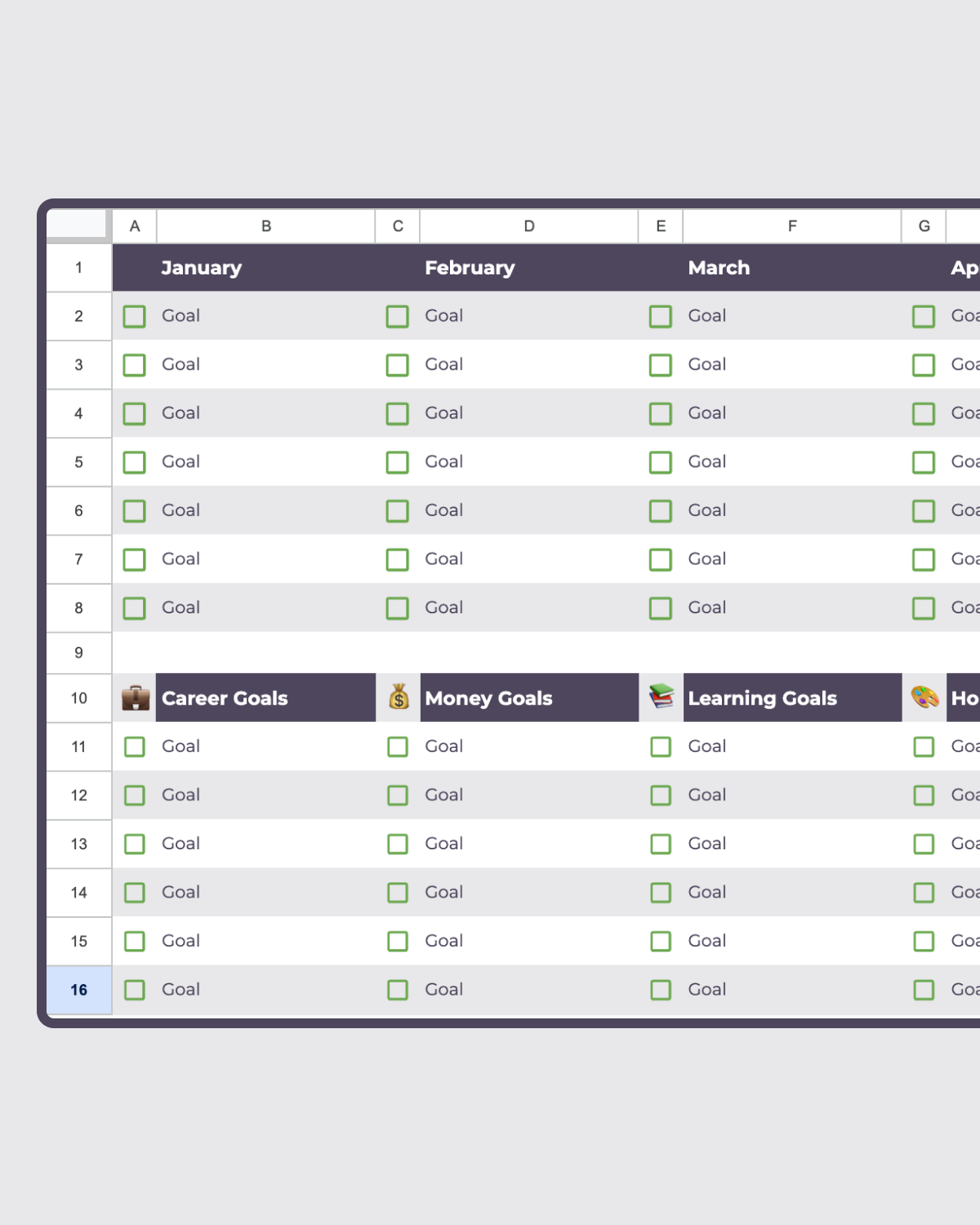
Check out the Mobile-Friendly Planner Spreadsheet Template for only 4$
More infoTools That Can Help You Stay On Track
If staying consistent is your challenge, using a system like the Mobile-Friendly Planner Spreadsheet can help:
- Track small daily or weekly decluttering goals
- Reflect on long-term vision for your home
- Use the habit tracker to build momentum
- Jot notes on what you’ve decluttered or how it felt
Having a plan keeps you grounded when you’re tempted to give up.
You’re Not Behind—You’re Just Starting
The clutter didn’t show up overnight, and it won’t disappear in a day. But every single drawer, shelf, or pile you touch is a step toward the home (and mind) you want to live in.
You don’t need a massive cleanout or a perfect system. You just need to begin—kindly, simply, and at your own pace.
Quiz: What Is Blocking Your Success?
This quick quiz will help you figure out which mental or behavioral pattern might be holding you back from achieving your full potential. Identifying your specific success blocker is the first step toward breaking through to new levels of achievement and fulfillment.
Read each question and choose the answer that feels most true to your situation.
No email or payment is required to complete the quiz and receive your personalized insights.
Once you have your primary success blocker, you have clarity about what’s been holding you back. This awareness is powerful—many people spend years struggling without understanding the specific pattern that’s limiting their progress.
Remember, these patterns aren’t permanent character traits but rather habitual ways of thinking and behaving that can be changed with the right guidance and practice.
If you’re ready to break through your specific blocker and achieve the success you know you’re capable of, send me an email to try out a coaching session. Your breakthrough awaits!
Hire me as your life coach
Let's startRecent posts
-
What Is the “Winter Arc” Challenge?
Read blog -
What Is "the Great Lock-In" and Should You Try It?
Read blog -
What Are the 75 Hard and Soft Challenges?
Read blog -
How to Validate Yourself
Read blog -
How to Create Your Morning Routine (+ Routines from Wellness Experts)
Read blog -
What Is the Root of Procrastination?
Read blog

The App Made To Sync Your Lifestyle to Your Menstrual Cycle.
A solution for women who are looking to keep track of what they sync to their cycles, such as fitness, diet, etc. by adding it to a calendar that also predict their phases.
Learn more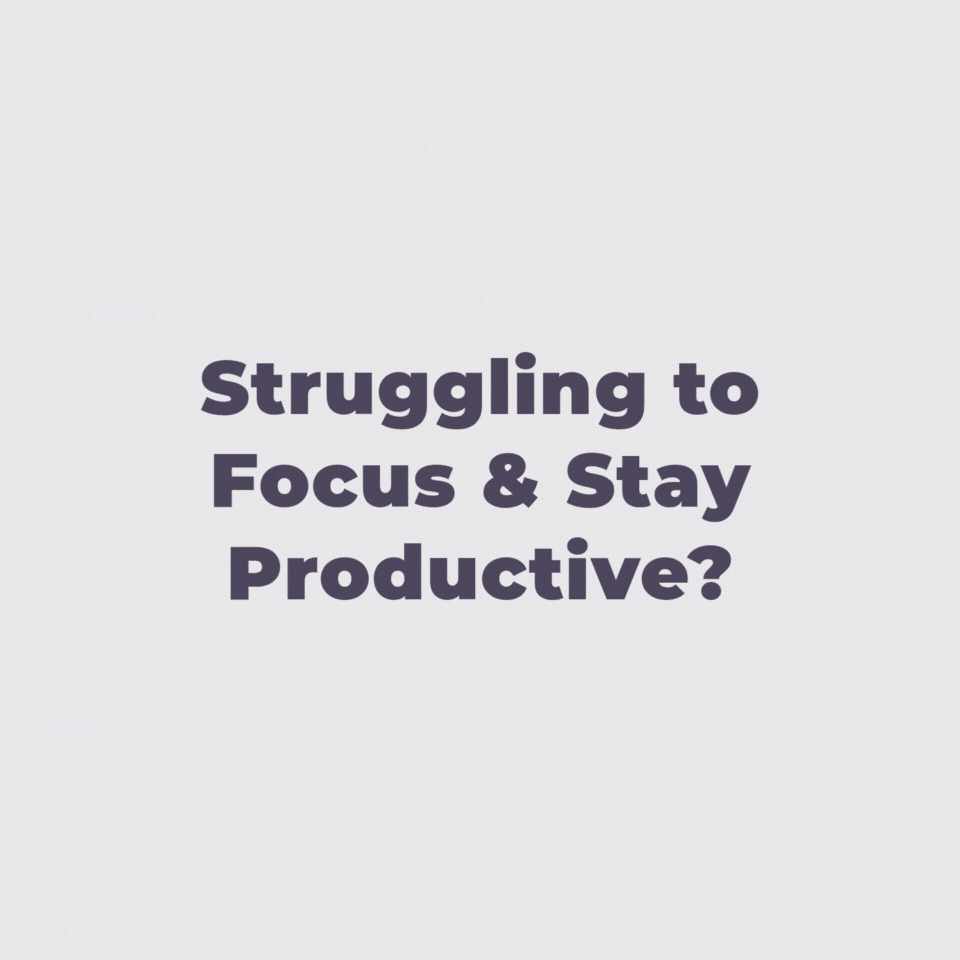

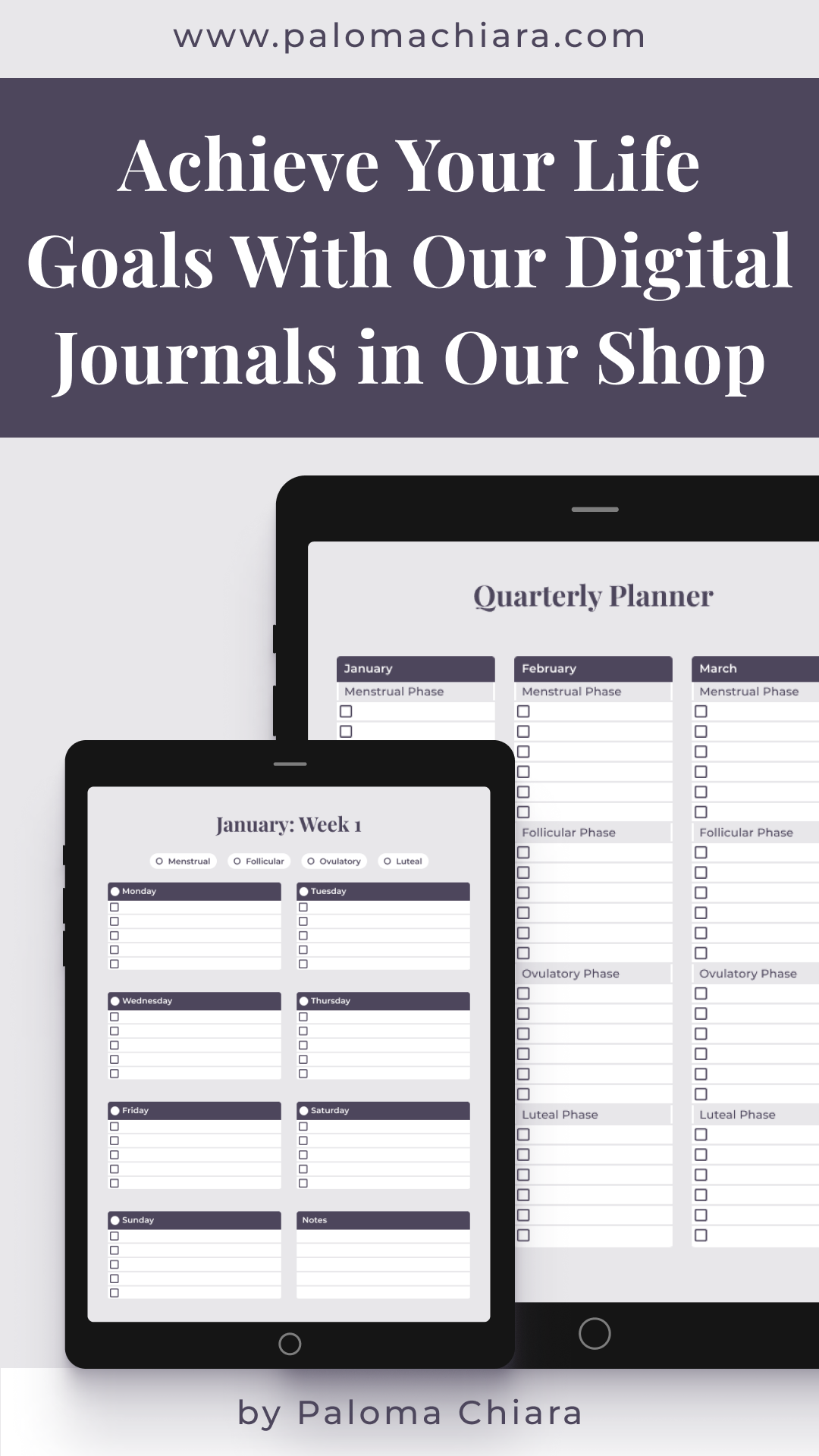
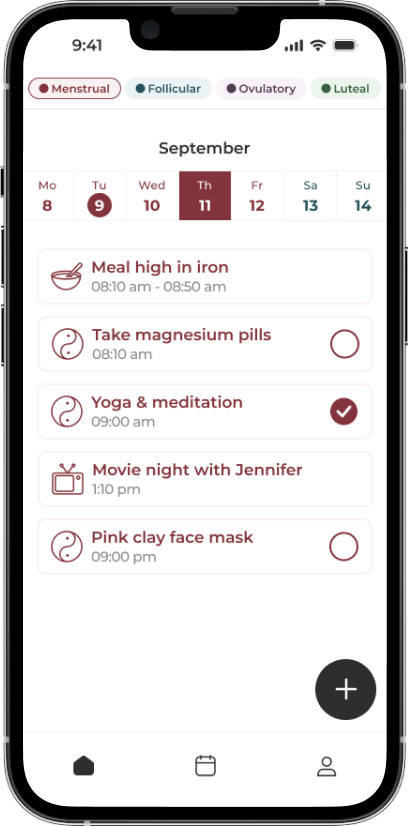
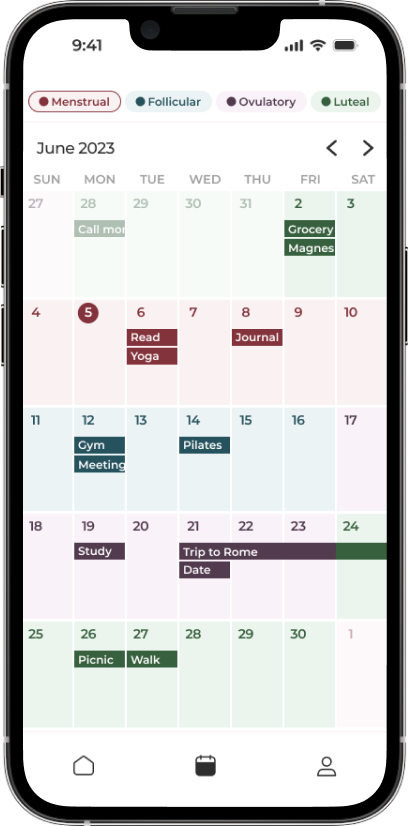
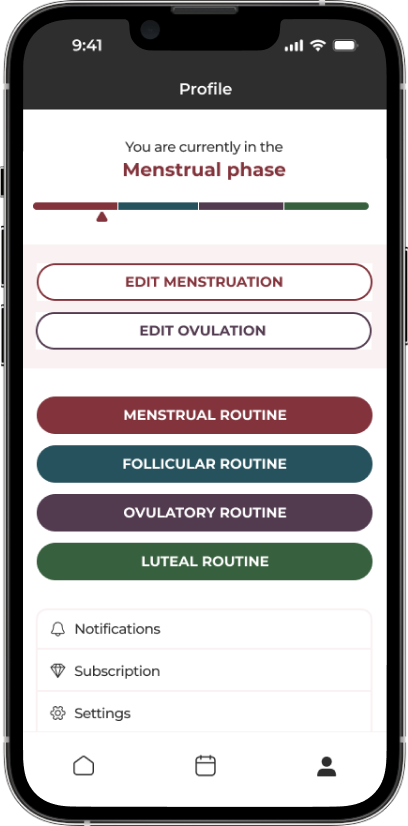
Comment